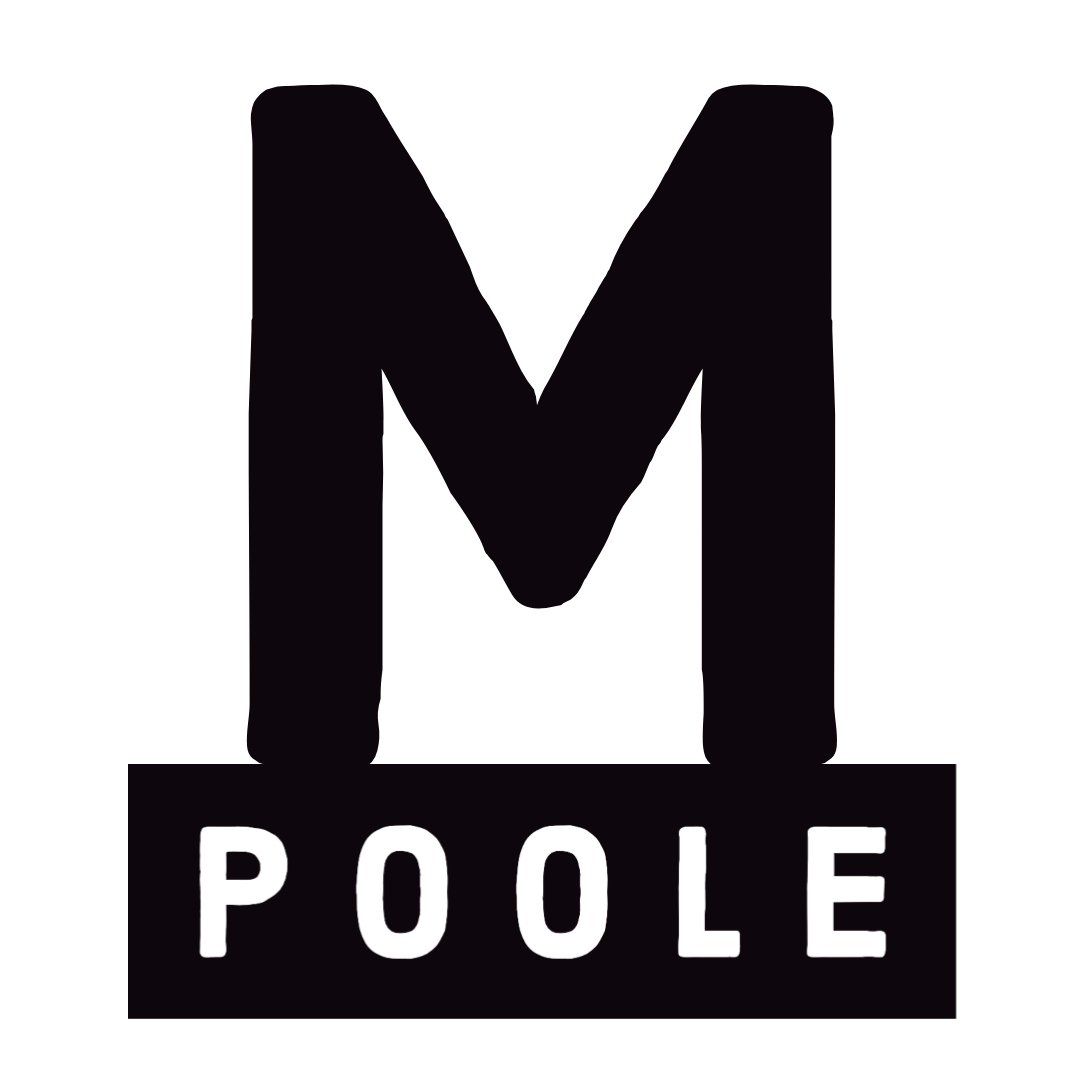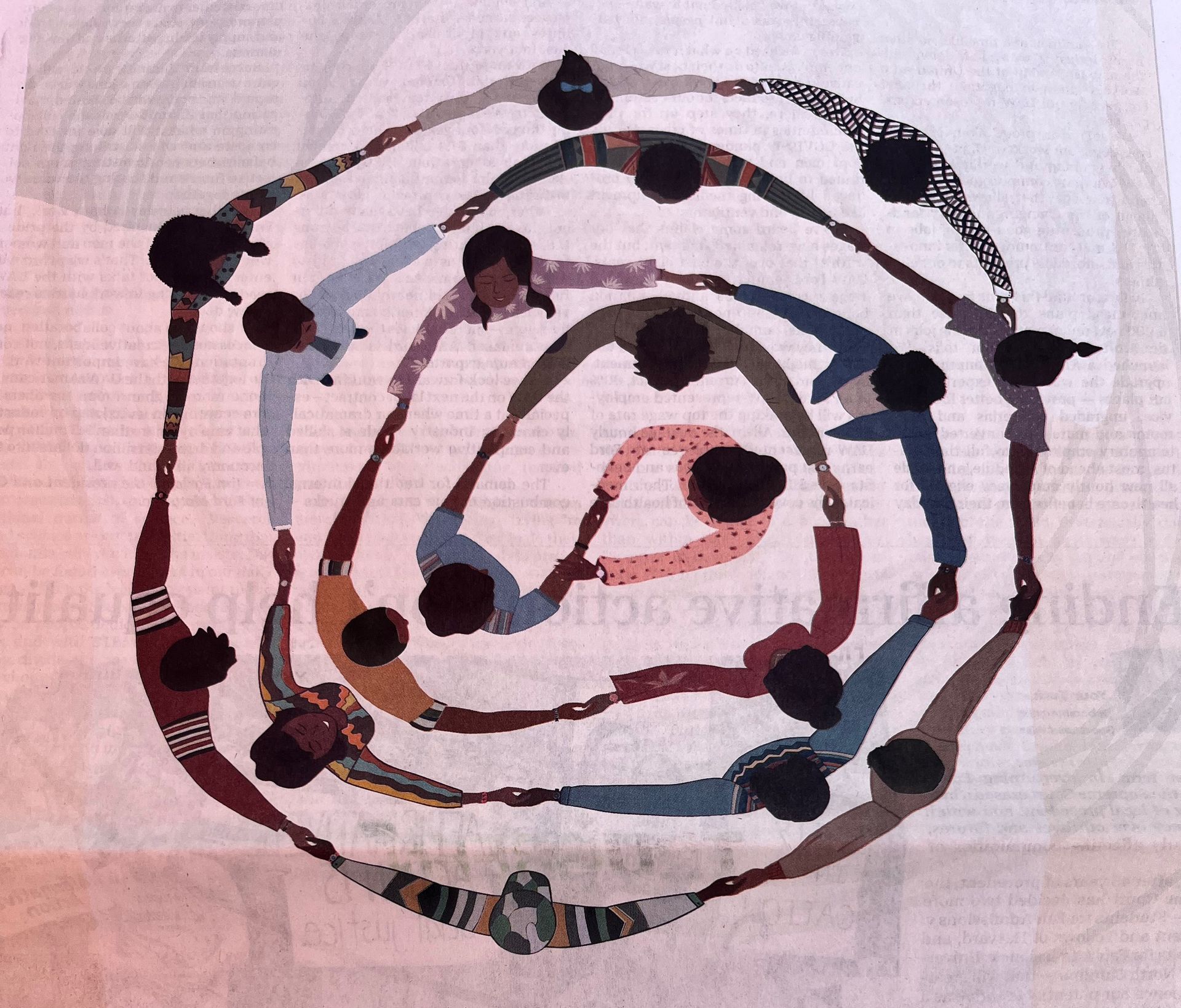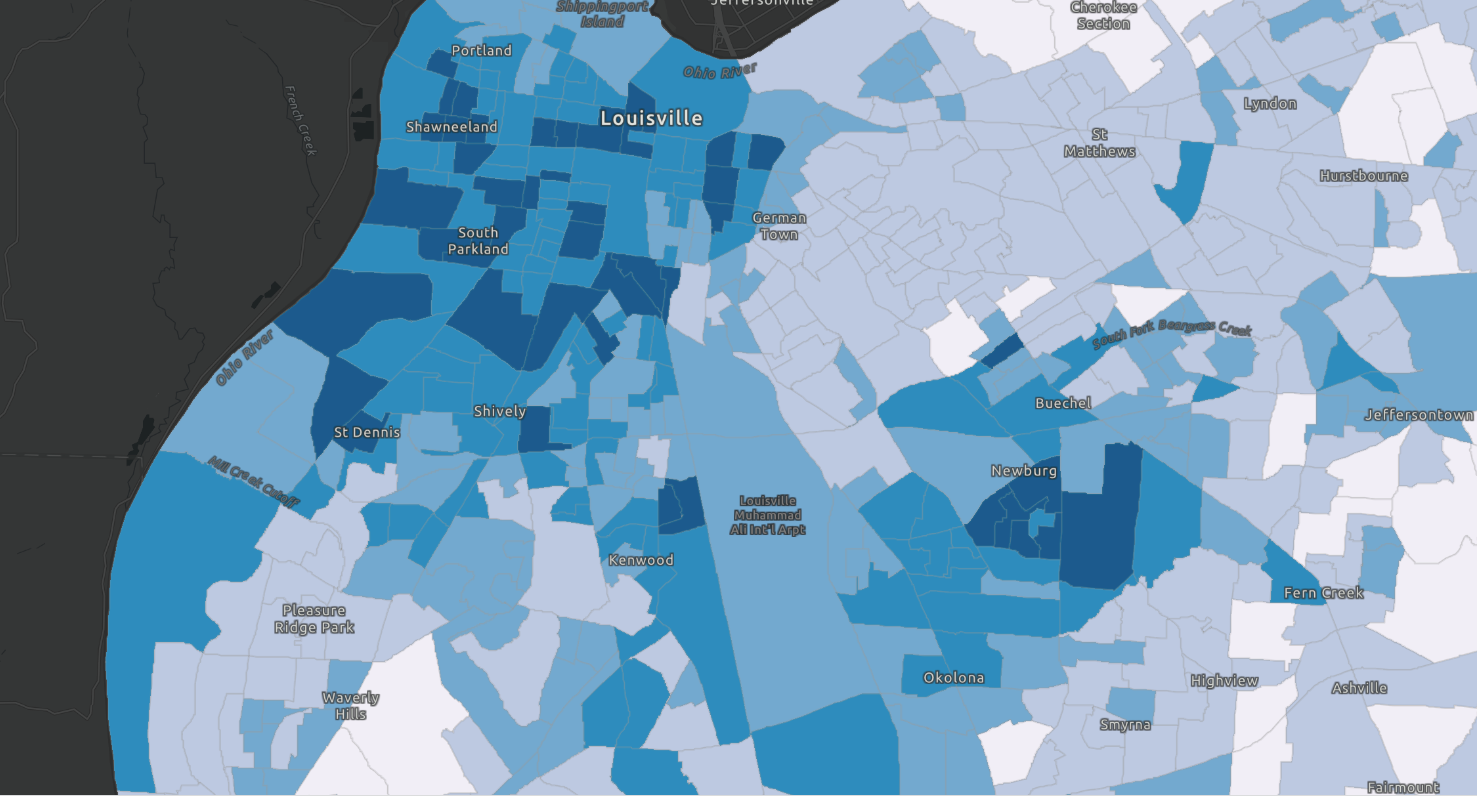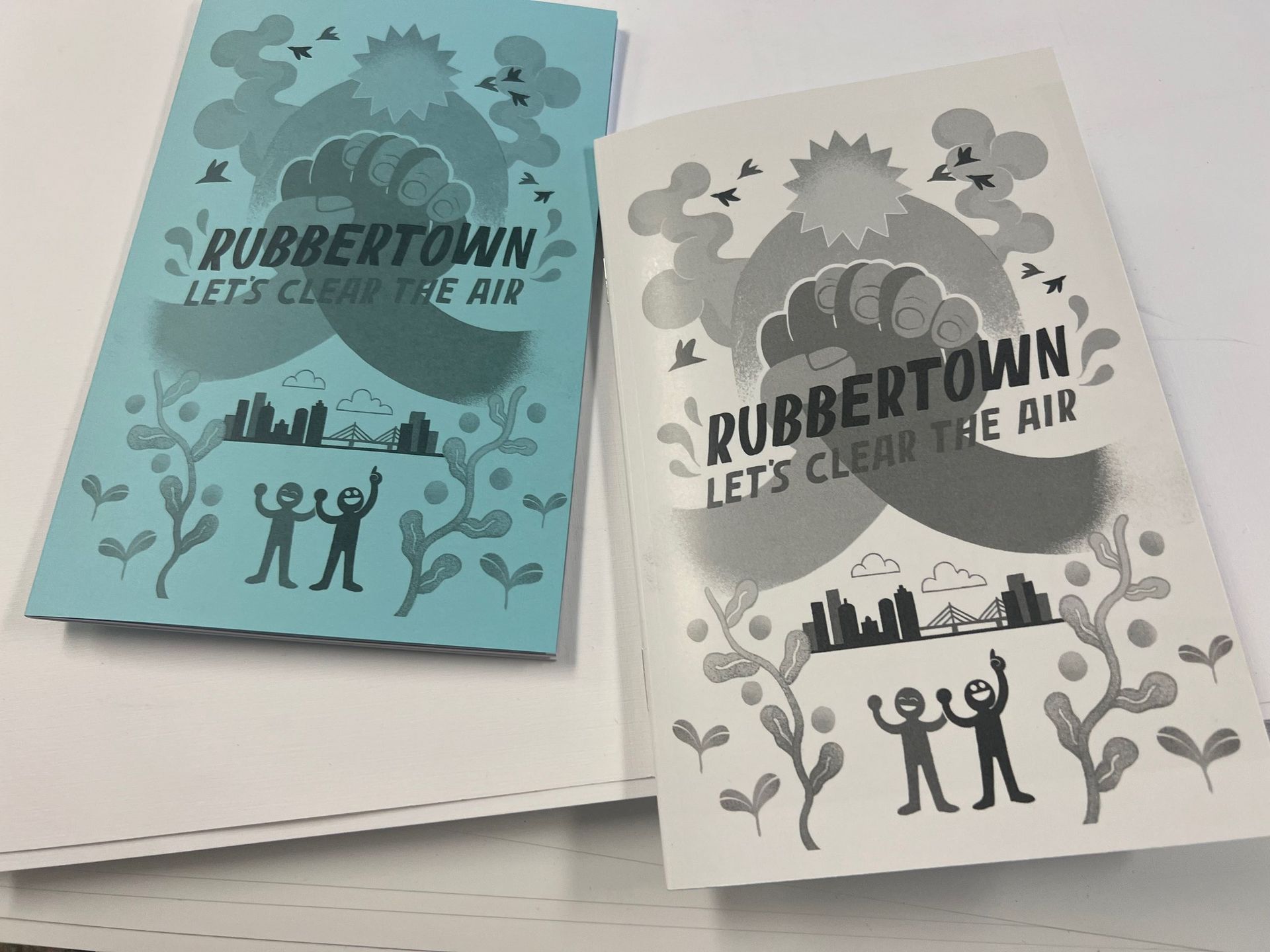TECHNICAL WRITING
SCIENCE & TECHNICAL WRITING
Moving outside the classroom into the community and the makerspace
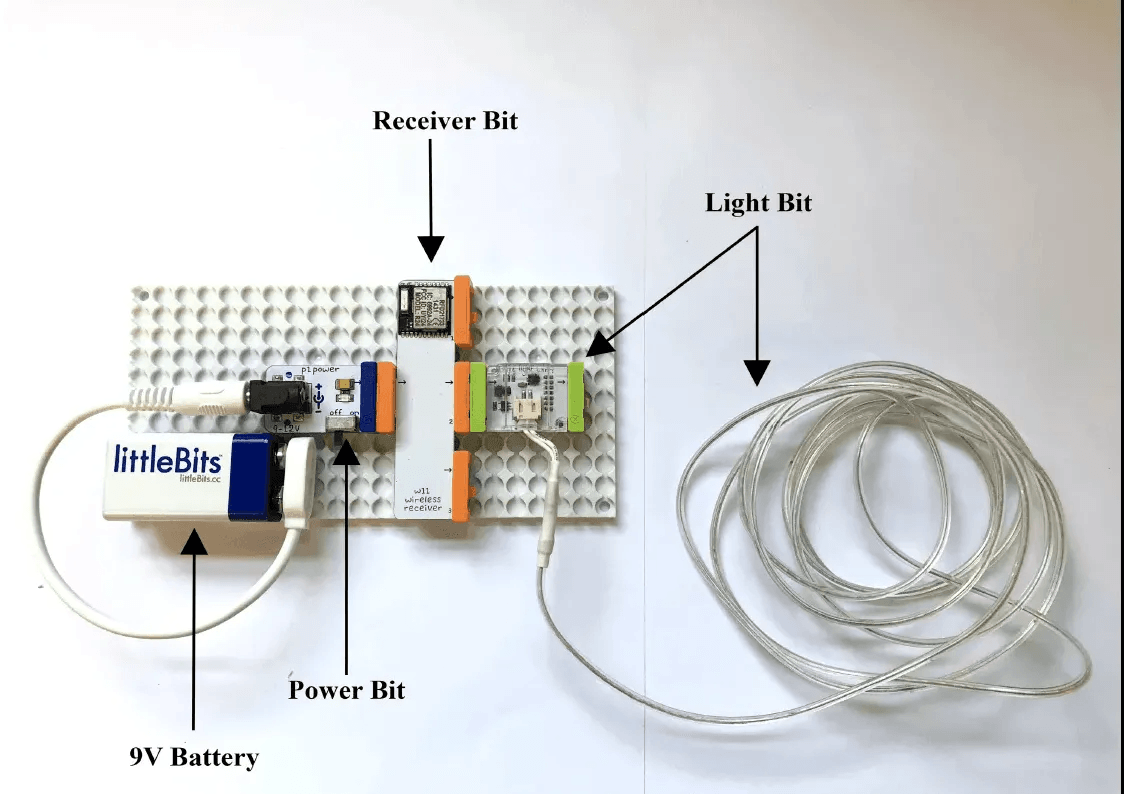
Slide title
Sample Student Product with littleBits
Button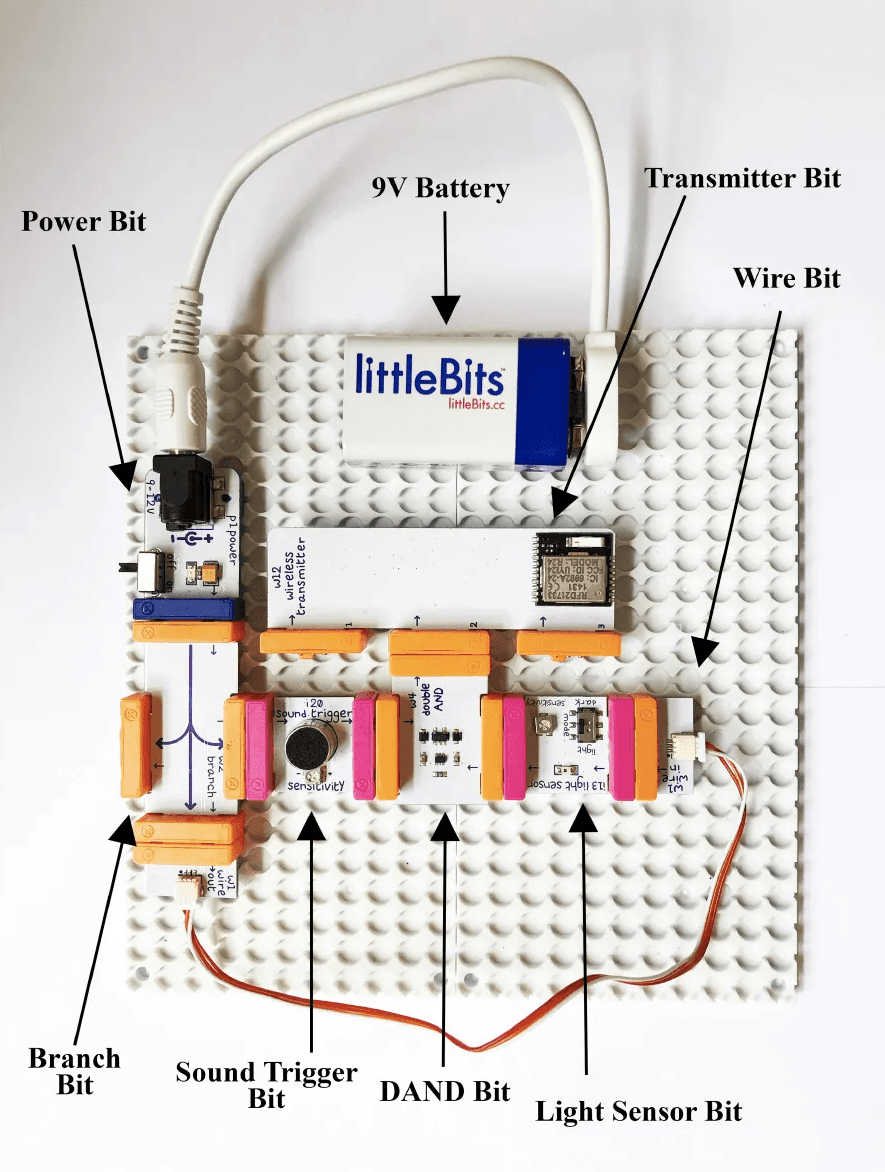
Slide title
Sample Student Product with littleBits
Button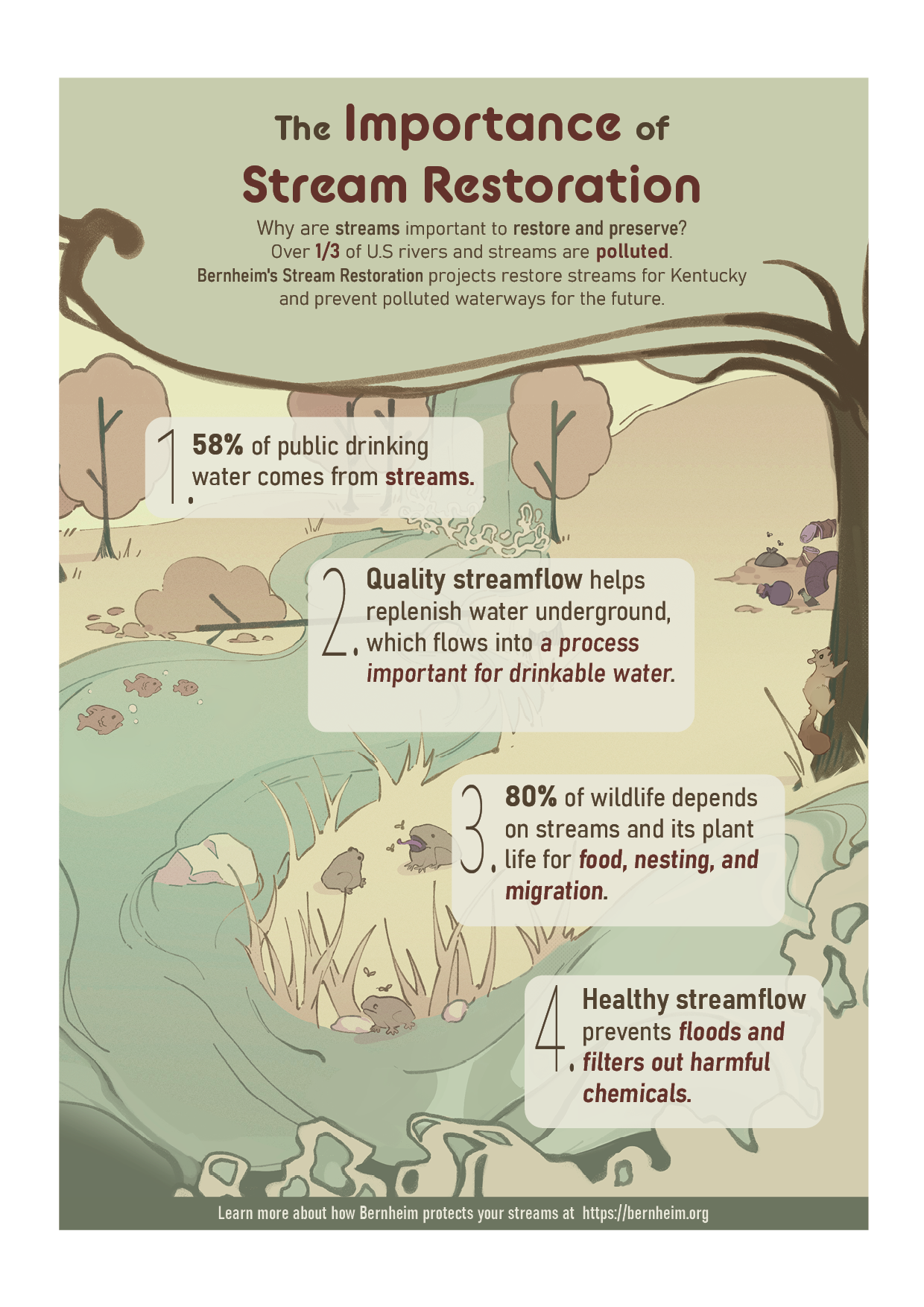
Slide title
Sample Student Infographic
Button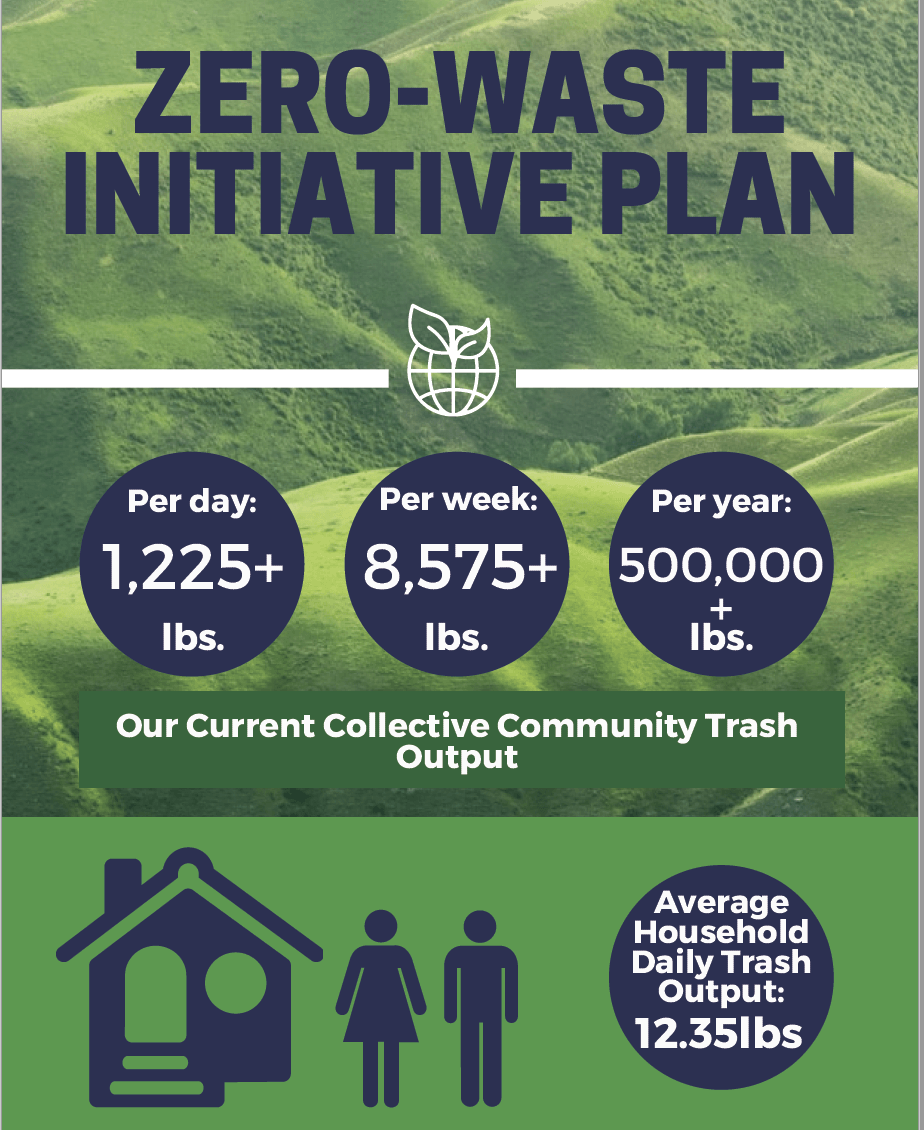
Slide title
Sample Student Infographic
Button
SCIENCE & TECHNICAL WRITING
This course presents two primary principles: 1) how science and technical writing is rhetorical, or how "facts" are constructed and who gets to make these facts, and 2) how writing is a method of problem-solving. Students track a series of case studies that allow them identify current issues in STEM, such as race, class, and gender disparities in who studies STEM fields and publishes in academic journals. Students then write proposals identifying local solutions to these global issues.
Most recently, students have produced infographics, blogs, and news articles that translate information from academic science articles into relatable content for public audiences.
ADVANCED TECHNICAL WRITING
This course asks students to analyze the state of their disciplinary field, identify a point of intervention, then complete a series of research assignments that compose a proposal report. To practice professional writing and editing skills, students engage in a semester-long public writing project for local, community organizations.
Most recently, students translated technical documents into materials that were readable and engaging for museum visitors at the Optical Heritage Museum. Some students composed succinct descriptions of museum items for wall placards. Others added interactive elements to the museum, designing question and answer stations to test what museum visitors have learned. Still others presented different types of color vision testing in a brochure that offered visitors the chance to “check their color vision.”
TECHNICAL WRITING IN THE MAKERSPACE
Technical writing courses often ask students to research and write about well-known products from their discipline. This course prompts students to enter the makerspace, build their own products, and then write about their compositions. The makerspace serves as the setting for two major assignments: a product definition/description and an instruction set.
For the product definition/description, students work in groups to identify a real-world problem and then create a product using littleBits to solve that problem. One semester, for example, students created an energy-efficient lullaby machine that ceases when the baby is still and is reactivated when the baby stirs. Students then composed a written definition/description that presented the lullaby machine as a prototype.
During the instruction set unit, student groups hand over their products to other groups. Each group is then responsible for deconstructing that product, improving upon it, and writing a set of instructions that explains how to build that product. This assignment mirrors writing on the job in that employees become responsible for and must write about products they did not originally design or create. In asking students to design, prototype, and test the products and processes about which they write, this technical communication course ultimately focuses on the recursive relationship between writer/designer and the stakeholders influenced by their product and product description.
